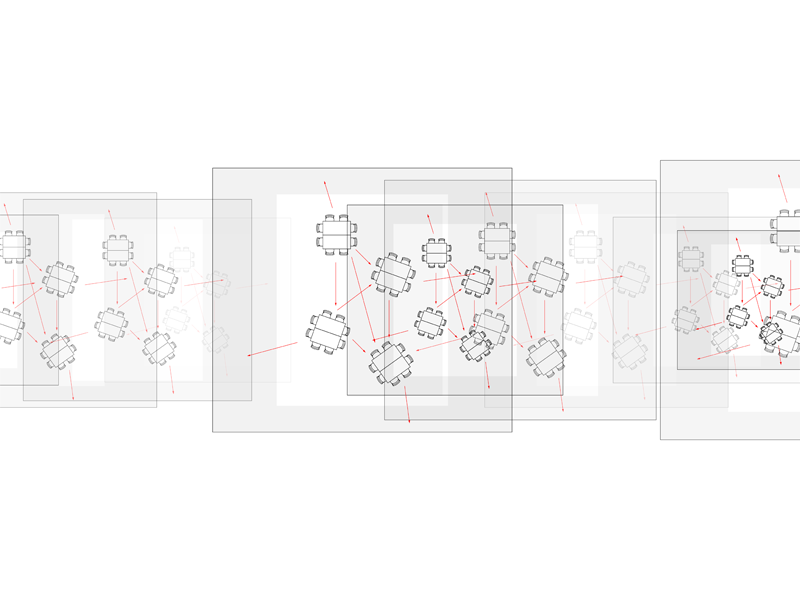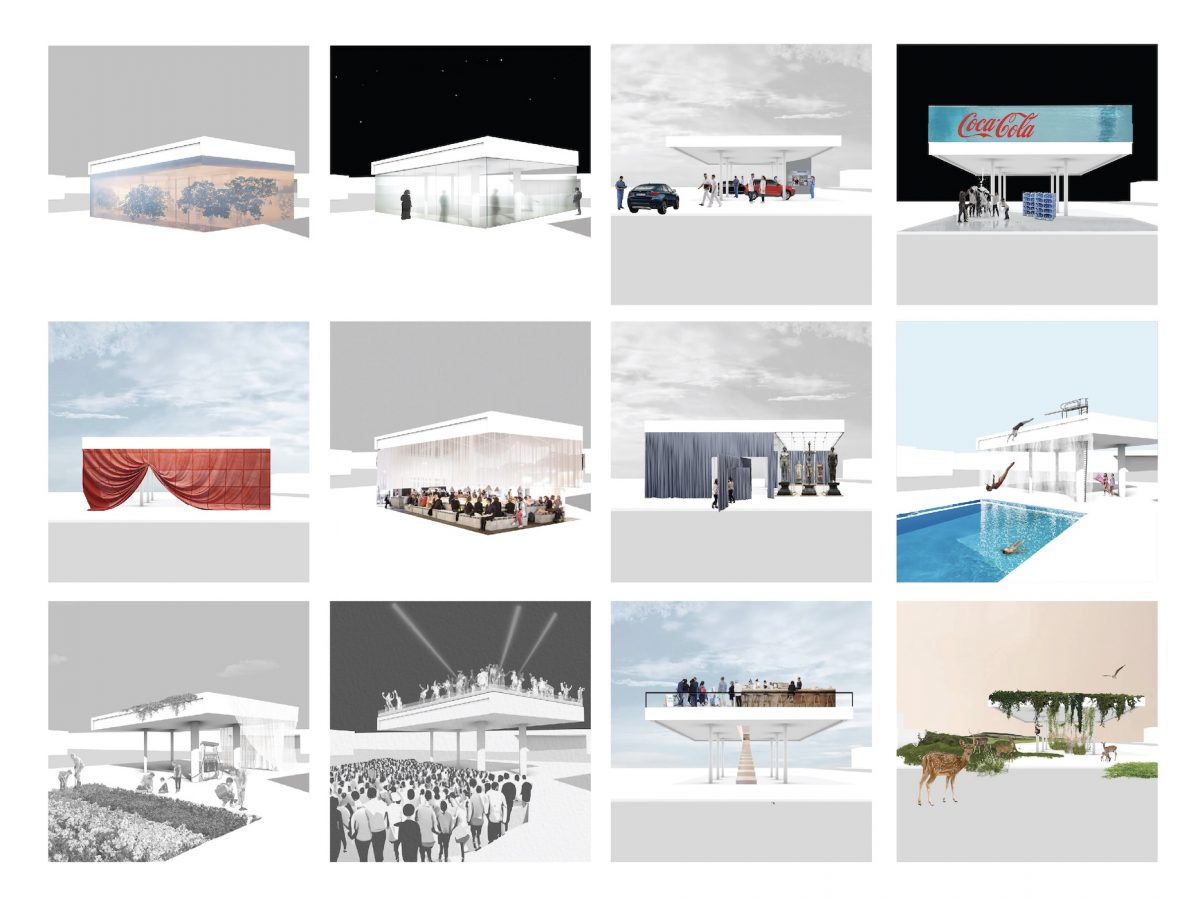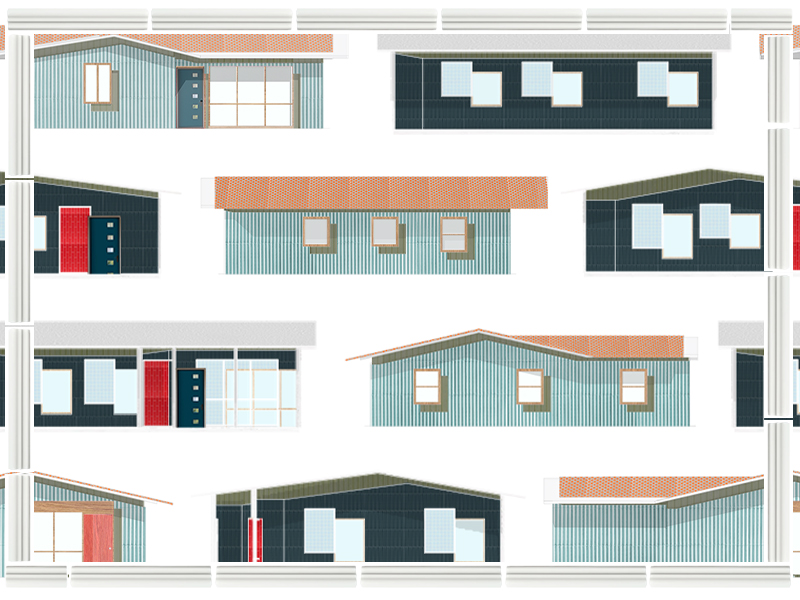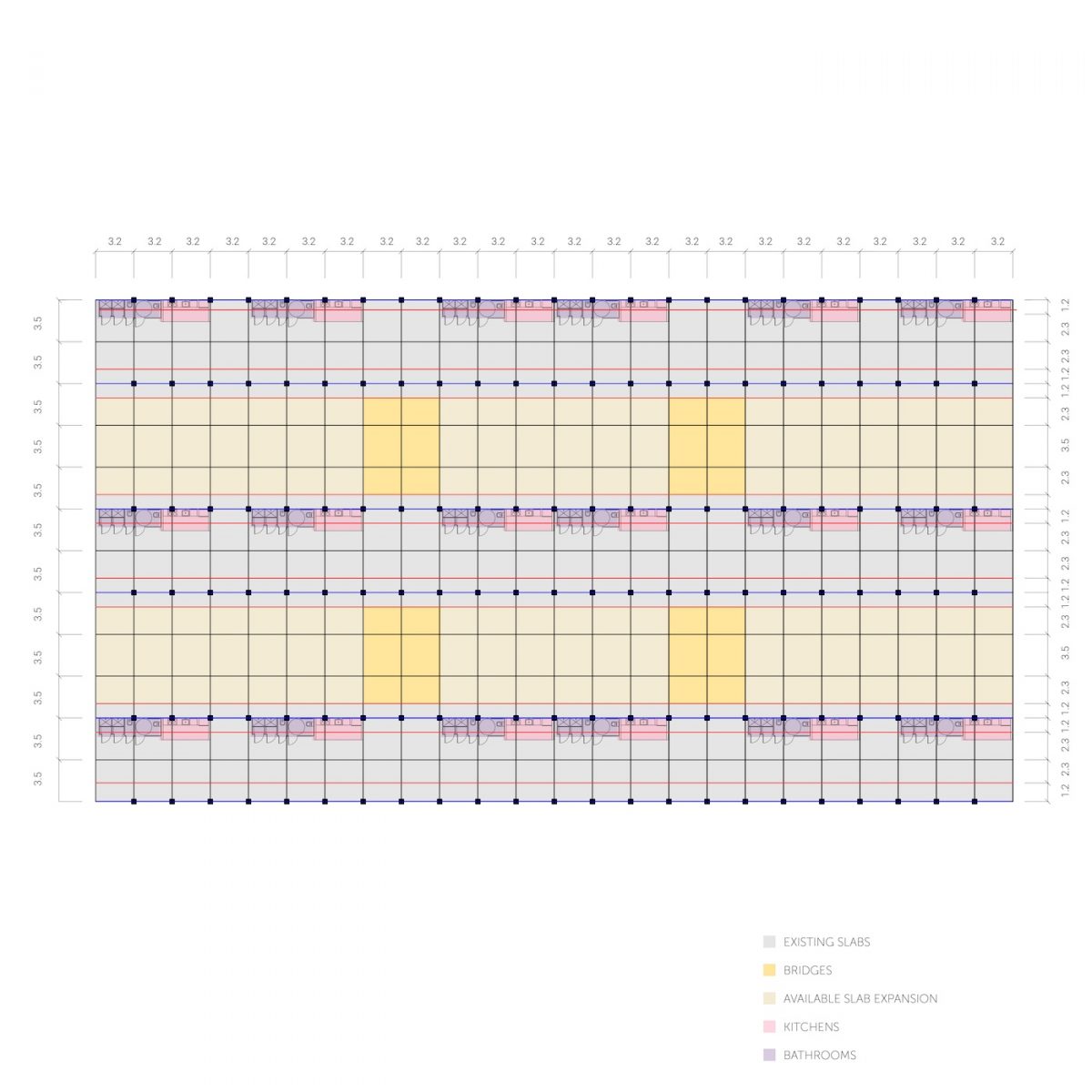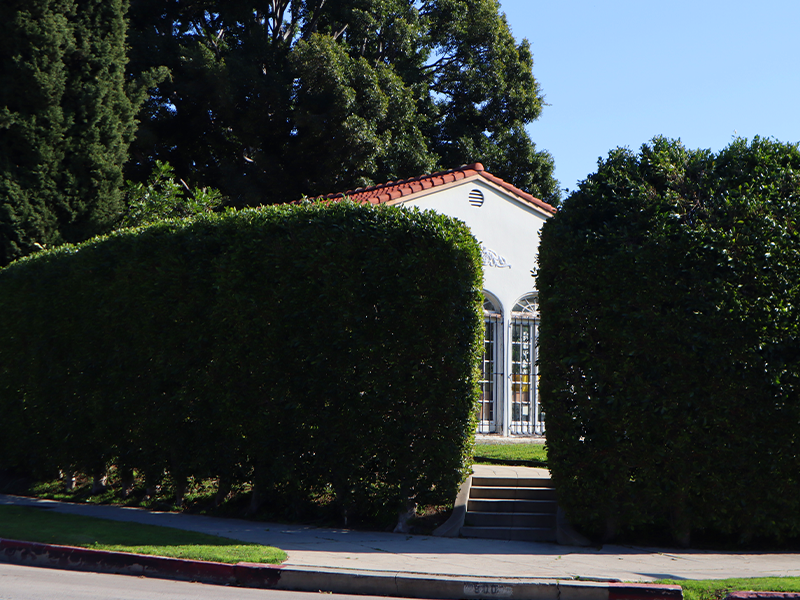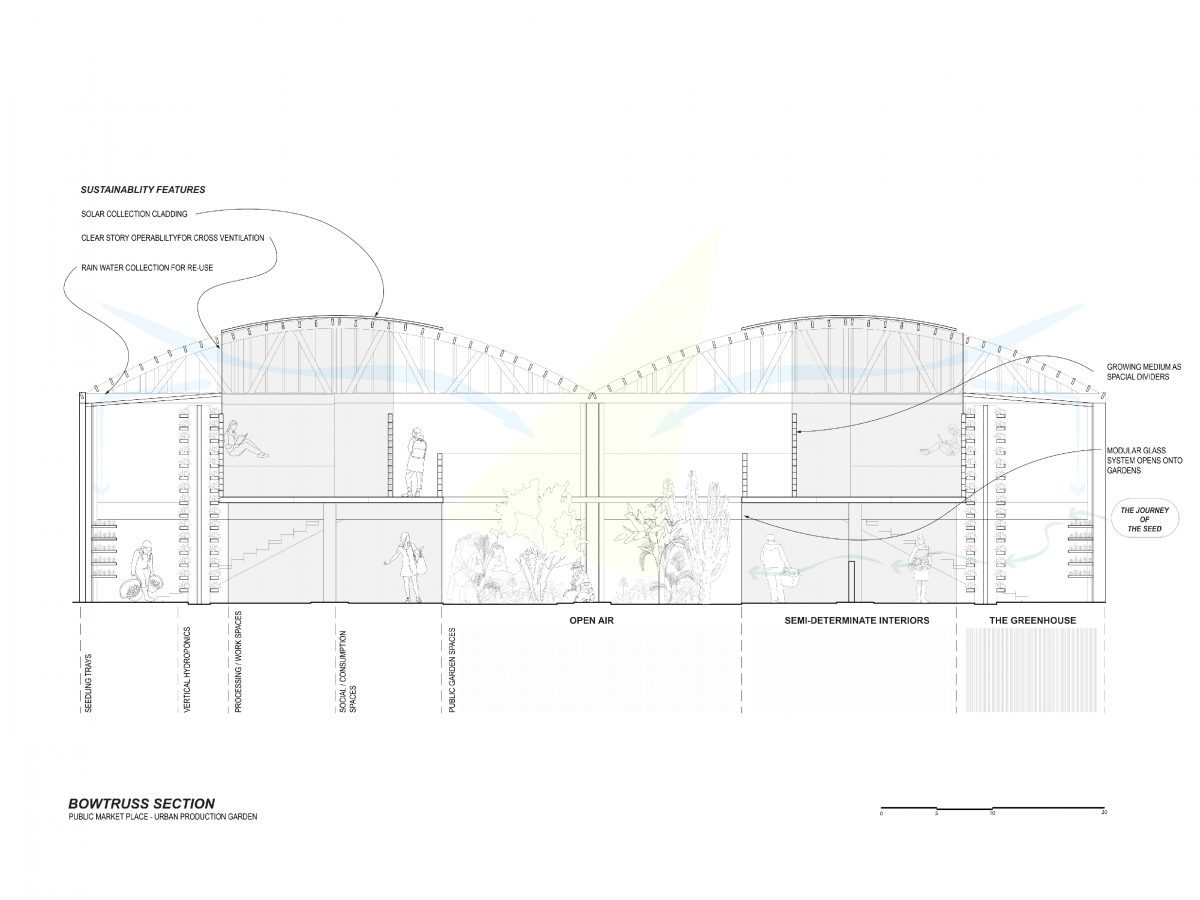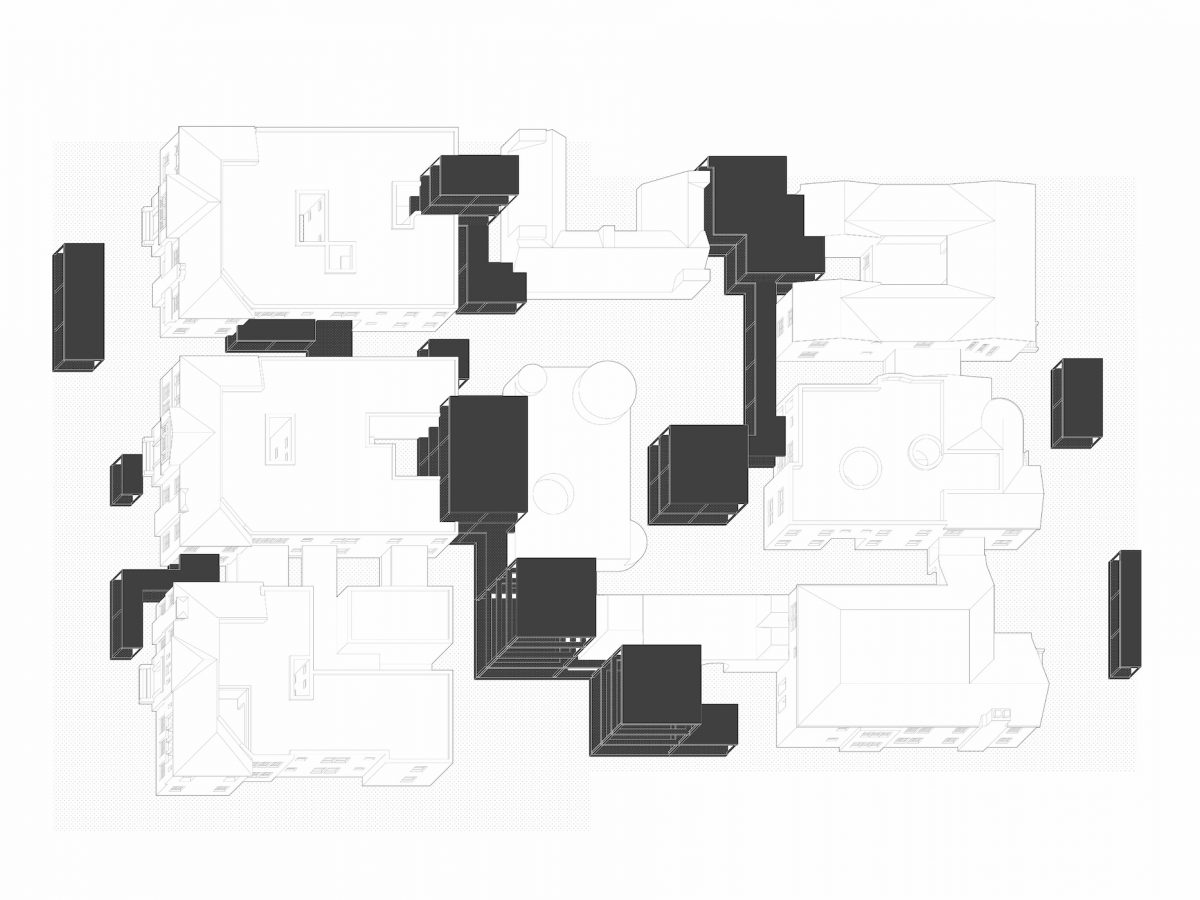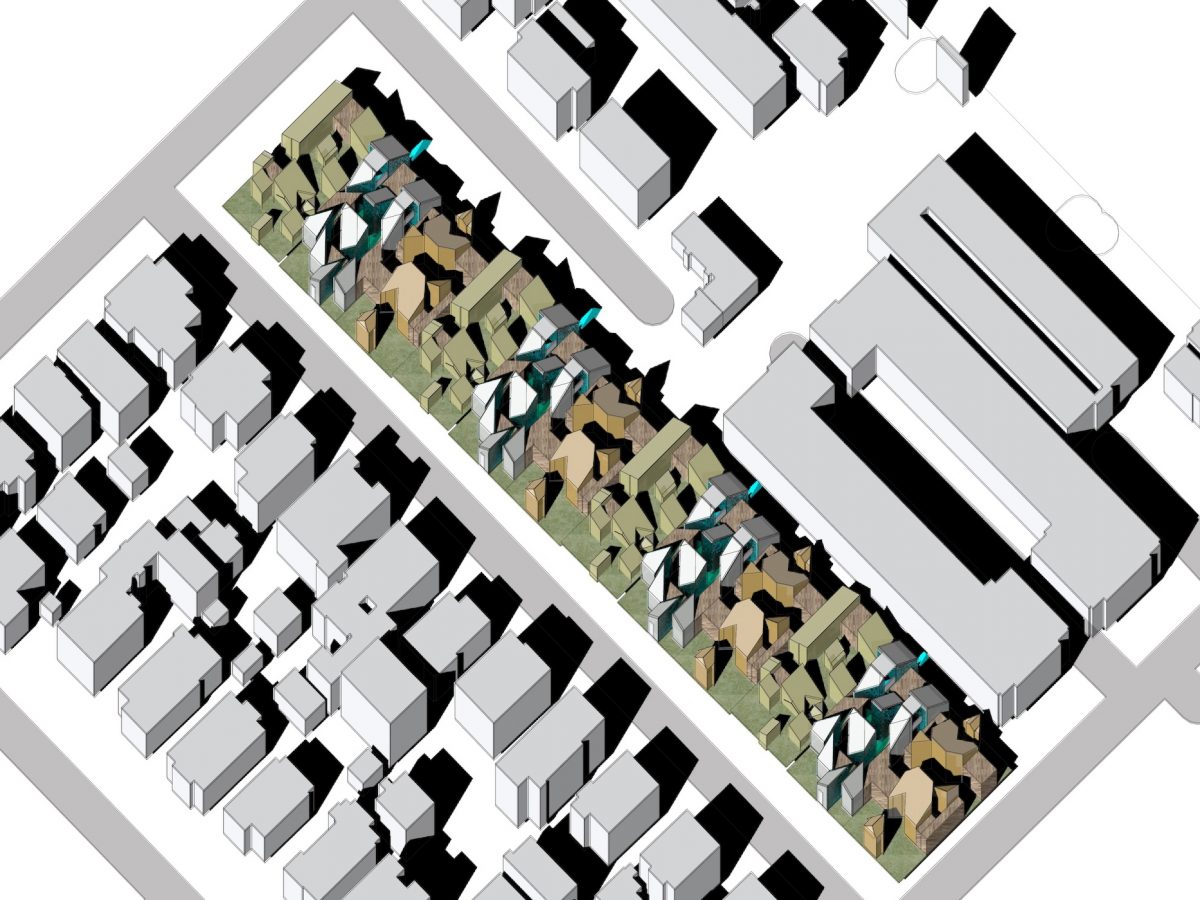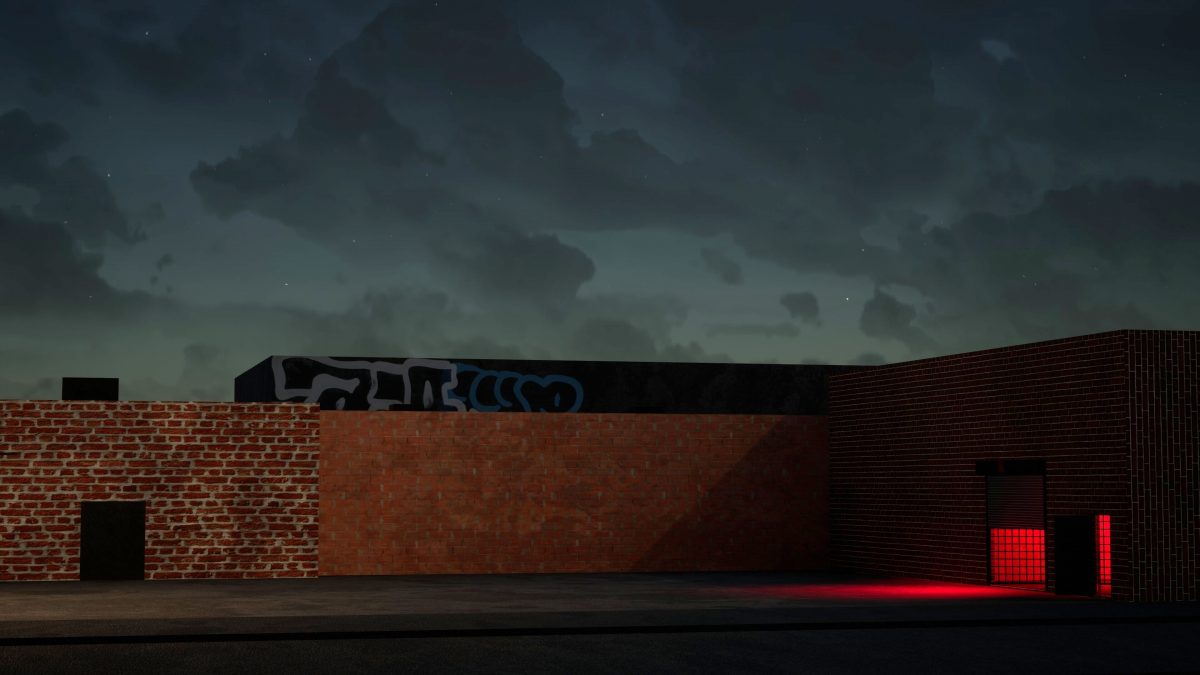Scaling as a transformative operation evokes extraordinary potential for redefining the ordinary through reassessing the materials, structure, space, and function. Through scaling, this project aims to design an elementary school that uses the architecture itself as an educational tool to provide a constantly evolving experience of time and space. This project further explores the adaptation of a single-family housing block into an educational facility through custom reconstruction methods informed by the Montessori framework for each age group. By experimenting with the integration of classroom design and single-family housing typology, a living room could be transformed into a classroom, a library, a garden, etc. Across the project, students will experience a parallel educational universe of elementary school, fostering a learning atmosphere that is more cohesive, interactive, and engaging.
